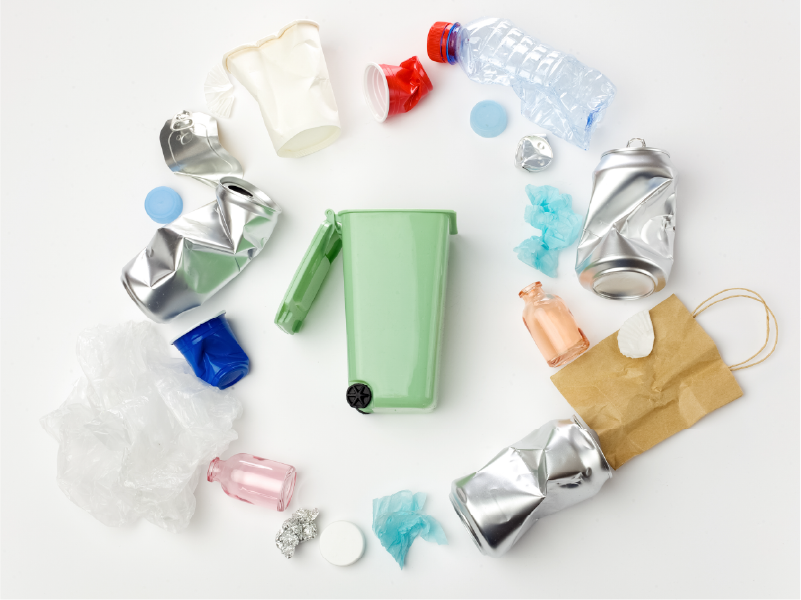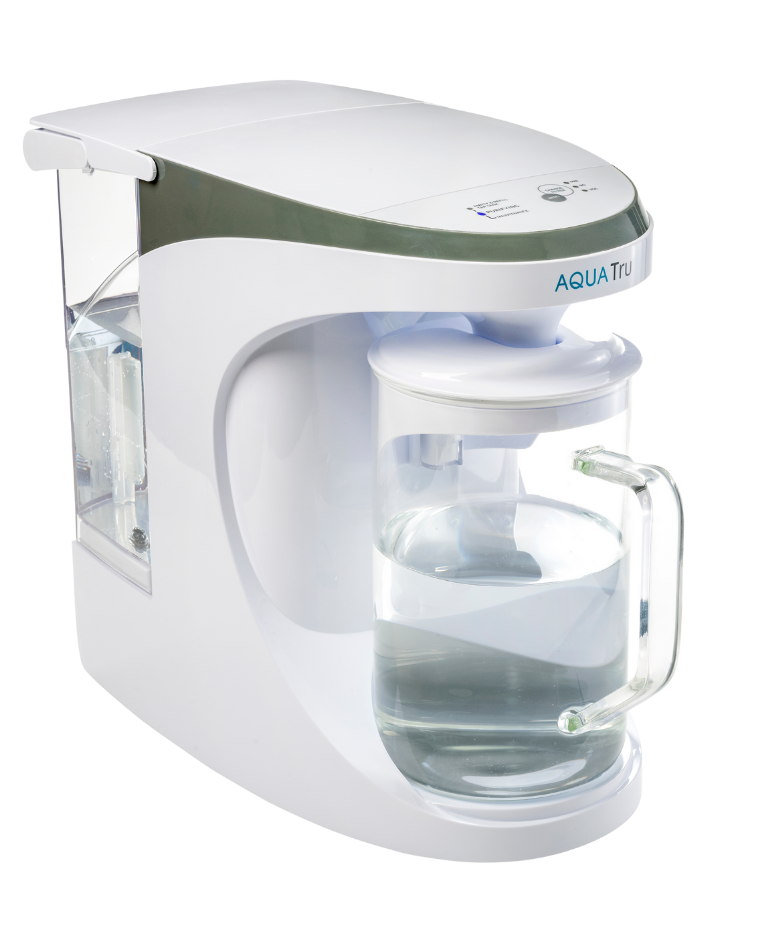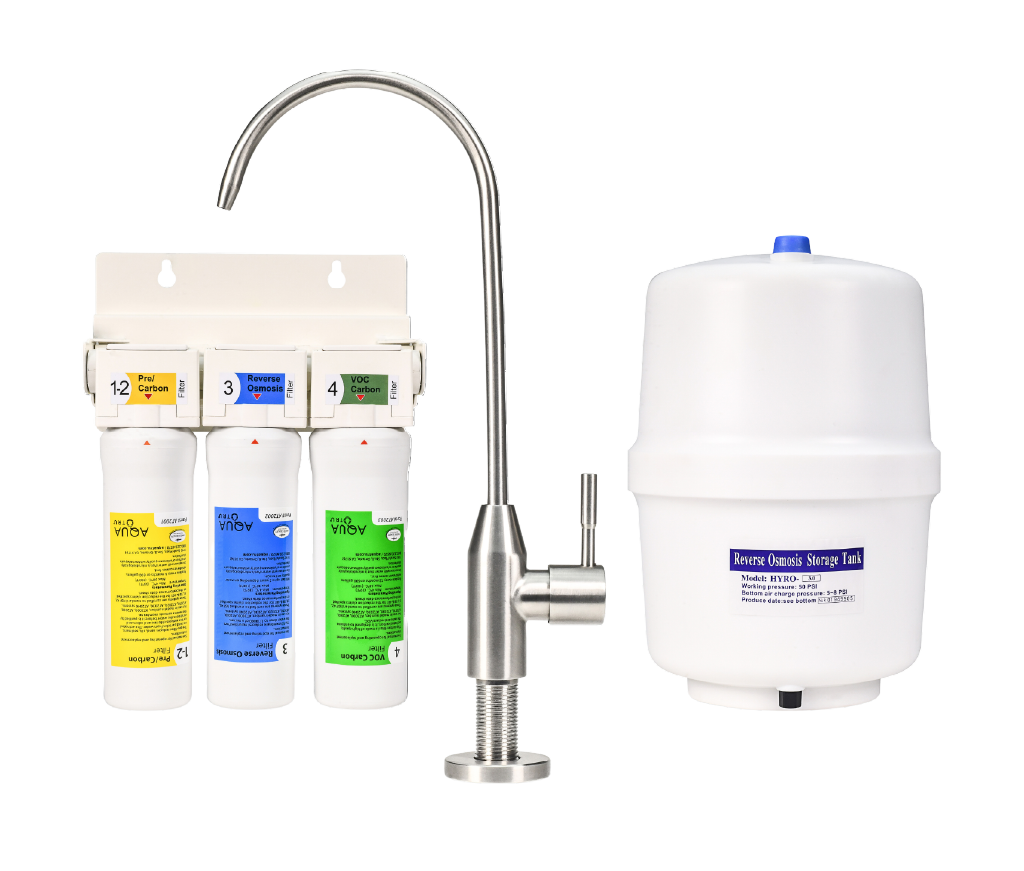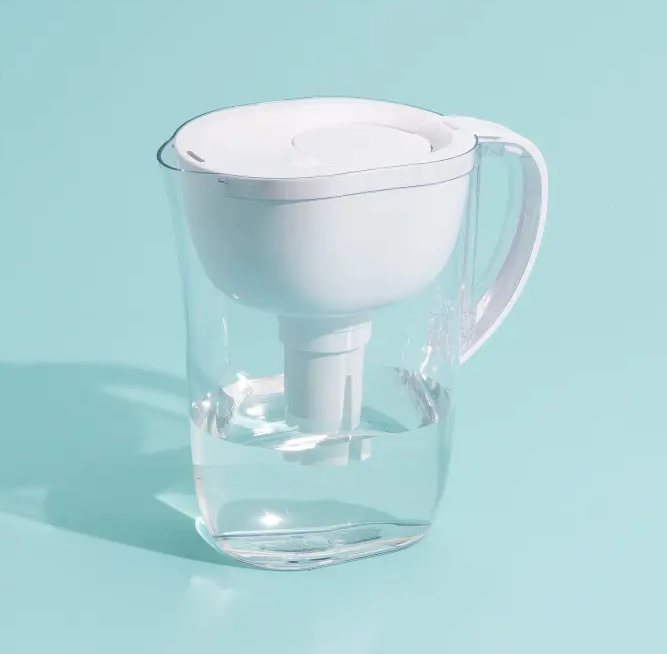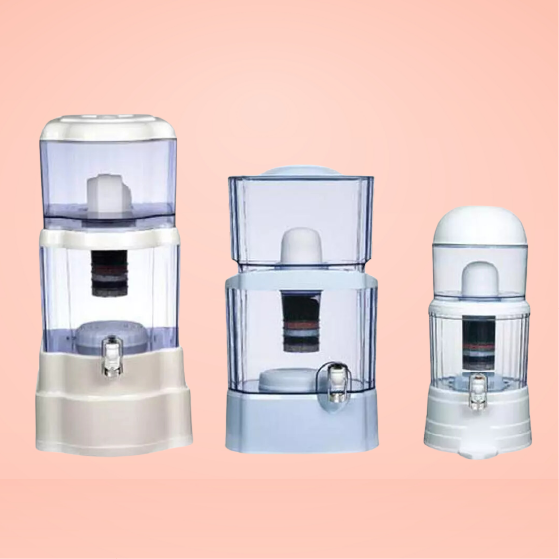Healthier water, happier life
Experience the purity of AquaTru and elevate your health and well-being with every sip.
Trusted globally and featured by
Discover the vitality of pure water
Water fuels your body, driving hydration and detoxification to support overall health. Since around 60% of your body is water, health experts recommend two to three litres daily, adjusted for your age, weight, and lifestyle. But remember, purity matters—only clean water can support your body’s natural functions.
Pure water doesn’t just hydrate; it revitalizes. It promotes glowing skin, sharpens focus, and optimizes organ function. It supports fat burning, quickens recovery, and eliminates toxins. AquaTru’s 4-stage Reverse Osmosis filtration system delivers these essential benefits, helping you thrive.
✅ Advanced technology ensures superior water purification
✅ Independently certified by IAPMO* for quality and safety
✅ Eliminates up to 99% of harmful substances for a healthier life
The AquaTru difference
At AquaTru, pure water offers more than just hydration. That’s why we’re committed to delivering advanced filtration that supports your health, safeguards the environment, and saves you money—all in one system. Explore how AquaTru makes a difference for your well-being, the planet, and budget.
AquaTru in action
Choose from the powerful AquaTru Classic, the sleek AquaTru Carafe, or the hidden powerhouse AquaTru Under Sink – each designed to give you exceptionally pure water. Every model is crafted to tackle impurities that could affect your health and well-being.
Want the specifics on what’s filtered out? Dive into our detailed performance datasheets to see how AquaTru goes above and beyond in delivering pure water.
Why AquaTru stands out
With countless filtration options on the market, results can vary widely. Here’s a closer look at how AquaTru stands out from standard filters, empowering you to make the best choice for your water quality.
Frequently asked questions
What’s in our tap water?
Tap water quality varies worldwide, with each country setting guidelines for managing contaminants. Surprisingly, even countries with high standards, like the Netherlands, have found low levels of harmful substances in their water. Though often trace amounts, studies show these can still impact health, affecting focus, memory, and blood pressure. Over time, these toxins can build up in the body and may increase health risks. Some contaminants, like organochlorine pesticides and arsenic, have been linked to severe health issues like diabetes when combined.
How do contaminants in tap water affect health?
Even in Europe, where water quality is tightly regulated, contaminants can pose health risks. Here are some of the most concerning:
- Aluminum: Associated with neurodegenerative diseases, such as Alzheimer’s, making it wise to limit exposure.
- Arsenic: A known carcinogen often used in pesticides, linked to cancer and immune system issues, even at low levels.
- Cadmium: Found in electronics, this metal can linger in the body for years and has been tied to cancer, diabetes, and heart disease.
- Lead: Once widely used, lead can accumulate in bones, posing risks to brain development, especially in children.
- Mercury: Common in pesticides and electronics, mercury exposure can harm the nervous system, with more significant risks during pregnancy.
What contaminants does AquaTru remove?
AquaTru’s system is independently certified by IAPMO and meets NSF/ANSI standards for reducing a range of harmful substances. The performance data sheet outlines the full list of contaminants AquaTru effectively removes.
Is bottled water a safer choice?
Most bottled water is packaged in low-grade plastic that contains BPA, a chemical linked to weight gain, heart disease, diabetes, and hormone imbalances. BPA can seep into the water, especially when bottles are exposed to heat. AquaTru uses BPA- and BPS-free Tritan® for its tanks, providing a safer alternative to standard bottled water plastics.
Why should I choose pure water if toxins are everywhere?
While toxins are present in our environment, limiting exposure can help the body function optimally. Even in trace amounts, toxins can affect brain function, organ health, and overall well-being. Pure water is an easy way to reduce exposure, allowing your body to detoxify more efficiently and helping you feel clearer, healthier, and more energized.
Transform your water with AquaTru
Gain confidence in your water quality with AquaTru’s advanced filtration system. Enjoy cleaner, safer water that boosts your health, supports the environment, and saves money. Make the switch today and experience the transformative benefits of AquaTru.







